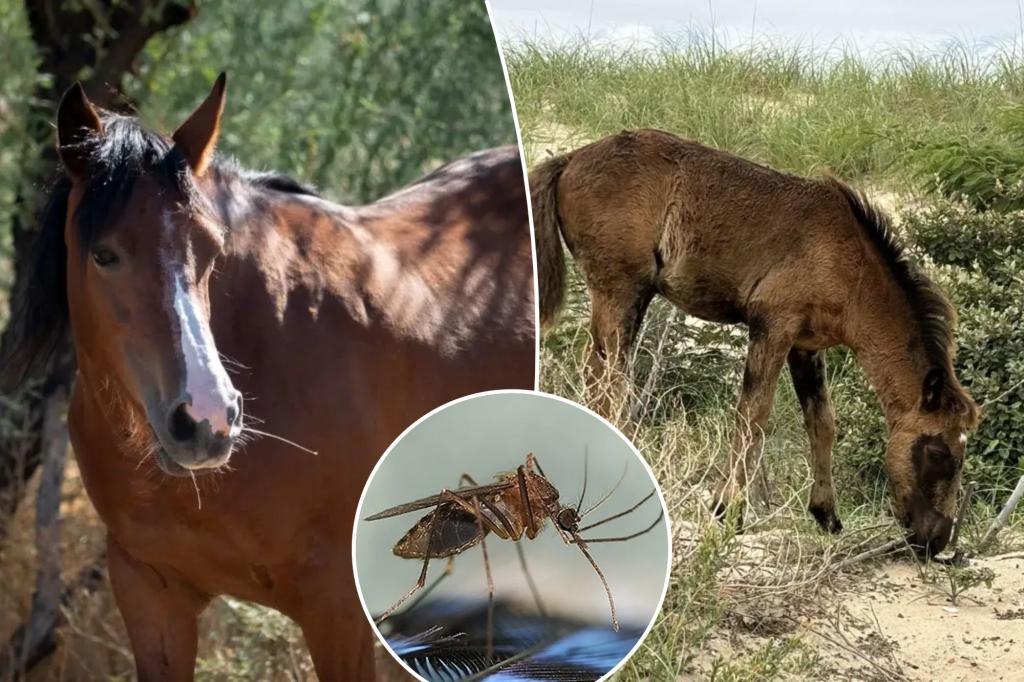A rare and deadly equine virus, Eastern Equine Encephalitis Virus (EEE), has been detected in several Hudson Valley counties and surrounding states, posing a threat to both horses and humans. The virus is transmitted through mosquitoes and can be fatal in about 30% of cases, with survivors often experiencing ongoing neurological issues, coma, and seizures. The Centers for Disease Control and Prevention warns that there are no vaccines or medications available to prevent or treat EEE.
Cases of EEE have been reported in various locations, including an elderly man in Massachusetts and a horse in Orange County, New York. In New England, a man in his 80s from Worcester was also infected, marking the first case in Massachusetts in over four years. Health officials emphasize the seriousness of EEE as a public health concern and the importance of monitoring and assessing mosquito and virus activities to prevent further spread of the disease.
Additional cases of EEE have been found in Ulster, Saint Lawrence, Madison, Oneida, Cayuga, Wayne, and Washington counties in New York. A horse in Newburgh on the Hudson River and another horse in Atlantic County, New Jersey, have succumbed to the virus, indicating that EEE is circulating in mosquitoes that bite mammals, including humans. Wildlife, such as a wild turkey in Maine and a deer in Connecticut, have also been diagnosed with EEE.
While no human cases have been reported in New York thus far, individuals are advised to be vigilant for symptoms such as sudden headaches, high fevers, chills, and vomiting, which typically appear within four to ten days after a mosquito bite. Those over the age of 50 and under 15 are at the highest risk of contracting EEE. Prevention measures recommended by health officials include wearing long sleeves, using bug spray containing DEET, and checking window screens for holes to protect against mosquito bites.
As mosquitoes are expected to remain present in communities until at least the end of September, it is crucial for individuals to take proactive steps to safeguard themselves when outdoors. Vigilance in monitoring symptoms, practicing preventive measures, and staying informed about EEE activity in the area are essential in reducing the risk of contracting the virus. Public health officials continue to emphasize the seriousness of EEE and the importance of community awareness and prevention efforts to mitigate its impact on both human and animal populations.


